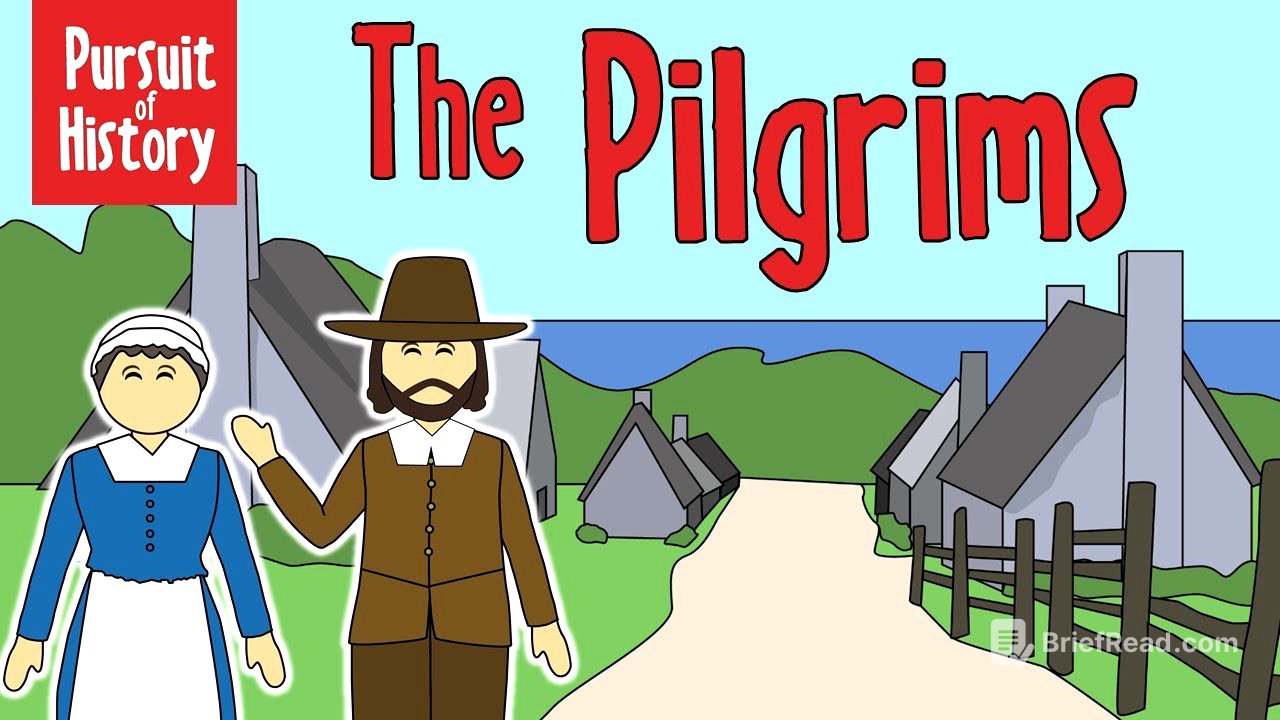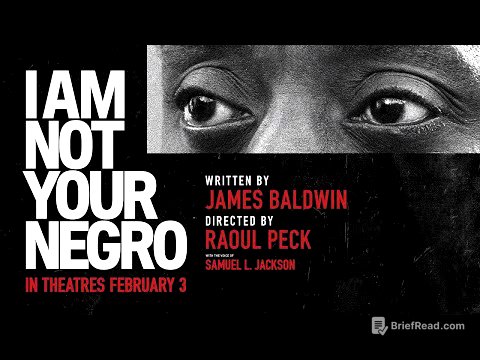TLDR;
This video tells the story of the Pilgrims' journey to America in 1620, highlighting key details often overlooked. It explores their motivations, the challenges they faced, and the impact of their journey on American history.
- The Pilgrims were a group of separatists who sought religious freedom and a place to live as Englishmen.
- They faced hardships during their journey and their first winter in America, with only half of the passengers surviving.
- The Pilgrims established a self-governing society through the Mayflower Compact, a significant step towards American democracy.
- Their relationship with the Wampanoag tribe was crucial for their survival, leading to the first Thanksgiving celebration.
The Pilgrims' Journey to America [0]
The video begins by introducing the Pilgrims, a group of separatists who left England in 1620 seeking religious freedom. They landed in present-day Massachusetts, but their journey was not as straightforward as often portrayed. Less than half of the passengers on the Mayflower were actually Pilgrims, and religious freedom was not their only motivation for leaving England.
The Pilgrims' Flight to Holland [52]
The Pilgrims faced religious persecution in England due to their desire to separate from the Church of England. They fled to the Netherlands, hoping to establish a new life there. However, they were unhappy with the Dutch way of life and their children were starting to assimilate. The Pilgrims wanted to maintain their English identity and establish a home of their own.
The Mayflower Compact [109]
The Pilgrims set sail for the New World on the Mayflower in September 1620. They intended to settle near the Hudson River, but treacherous storms forced them to land in Cape Cod, Massachusetts. This unexpected landing led to a dispute among the passengers about how their new settlement would be governed. To address this, 41 adult male colonists signed the Mayflower Compact on November 11, 1620. This document established a self-governing society, with the colonists agreeing to elect their own leaders and work together. The Mayflower Compact was a significant step towards American democracy, demonstrating the colonists' commitment to self-governance.
The First Winter and the Wampanoag [260]
The Pilgrims arrived in New England in November, facing a harsh winter with limited food resources. Only about 50 of the 102 passengers survived the first winter. In the spring, they received help from the Wampanoag tribe. Squanto, a member of the tribe, taught the Pilgrims how to grow crops, and Chief Massasoit signed a treaty with them. The Pilgrims agreed to defend the tribe against their enemies in exchange for food and assistance. This relationship was crucial for the Pilgrims' survival and led to the first Thanksgiving celebration in the fall of 1621.
The Legacy of the Pilgrims [315]
The Pilgrims' story is one of hardship, resilience, and the establishment of a self-governing society. Their journey and the Mayflower Compact had a profound impact on American history, inspiring countless other early settlers and leaving a lasting mark on the American people.









